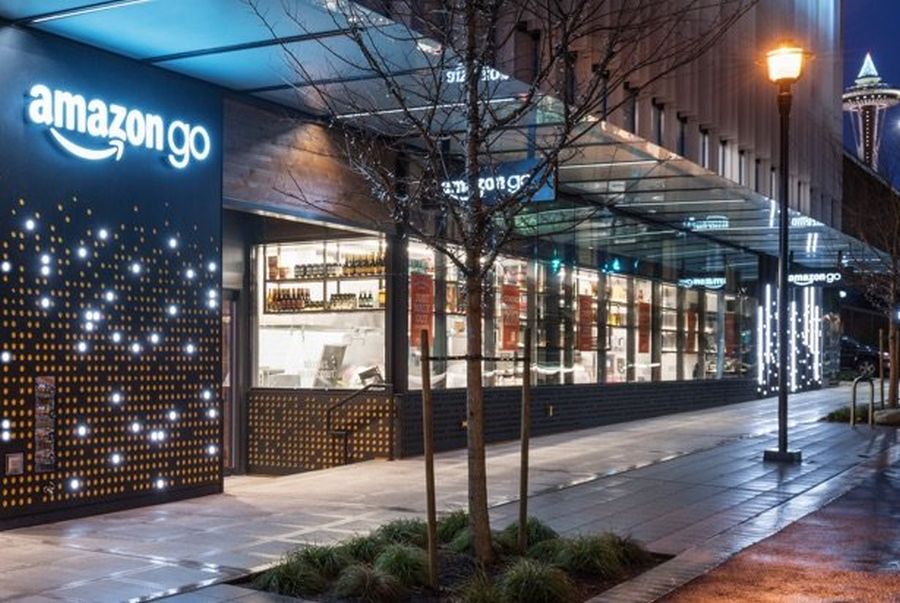Amazon's first checkout-free grocery store opens on Monday (Video)
By Aliheydar_Rzayev Tuesday, 23 January 2018 3:11 AM

The Guardian -- Amazon will open its first checkout-free grocery store to the public on Monday, moving forward with an experiment that could dramatically alter bricks-and-mortar retail.
The Seattle shop, known as Amazon Go, relies on cameras and sensors to track what shoppers remove from the shelves, and what they put back. Cash registers and checkout lines become superfluous: customers are billed after leaving using a credit card on file.
To start shopping, customers must scan an Amazon Go smartphone app and pass through a gated turnstile.
If someone passes back through the gates with an item, his or her associated account is charged. If a shopper puts an item back on the shelf, Amazon removes it from his or her virtual cart.
For grocers, the shop’s opening heralds another potential disruption at the hands of the world’s largest online retailer, which bought the high-end supermarket chain Whole Foods Market last year for $13.7bn (£9.9bn).
Amazon did not discuss if or when it would add more Go locations, and reiterated that it had no plans to add the technology to the larger and more complex Whole Foods stores.
The convenience-style shop opened to Amazon employees in December 2016 in a test phase. At the time, the company said it expected members of the public could begin using the store in early 2017.
According to a person familiar with the matter, there have been problems. These included correctly identifying shoppers with similar body types, the source said. When children were brought into the shop during the trial, they caused havoc by moving items.
Gianna Puerini, vice-president of Amazon Go, said the store worked very well throughout the test phase, thanks to four years of legwork. “This technology didn’t exist,” she said. “It was really advancing the state of the art of computer vision and machine learning.”




























Add new comment